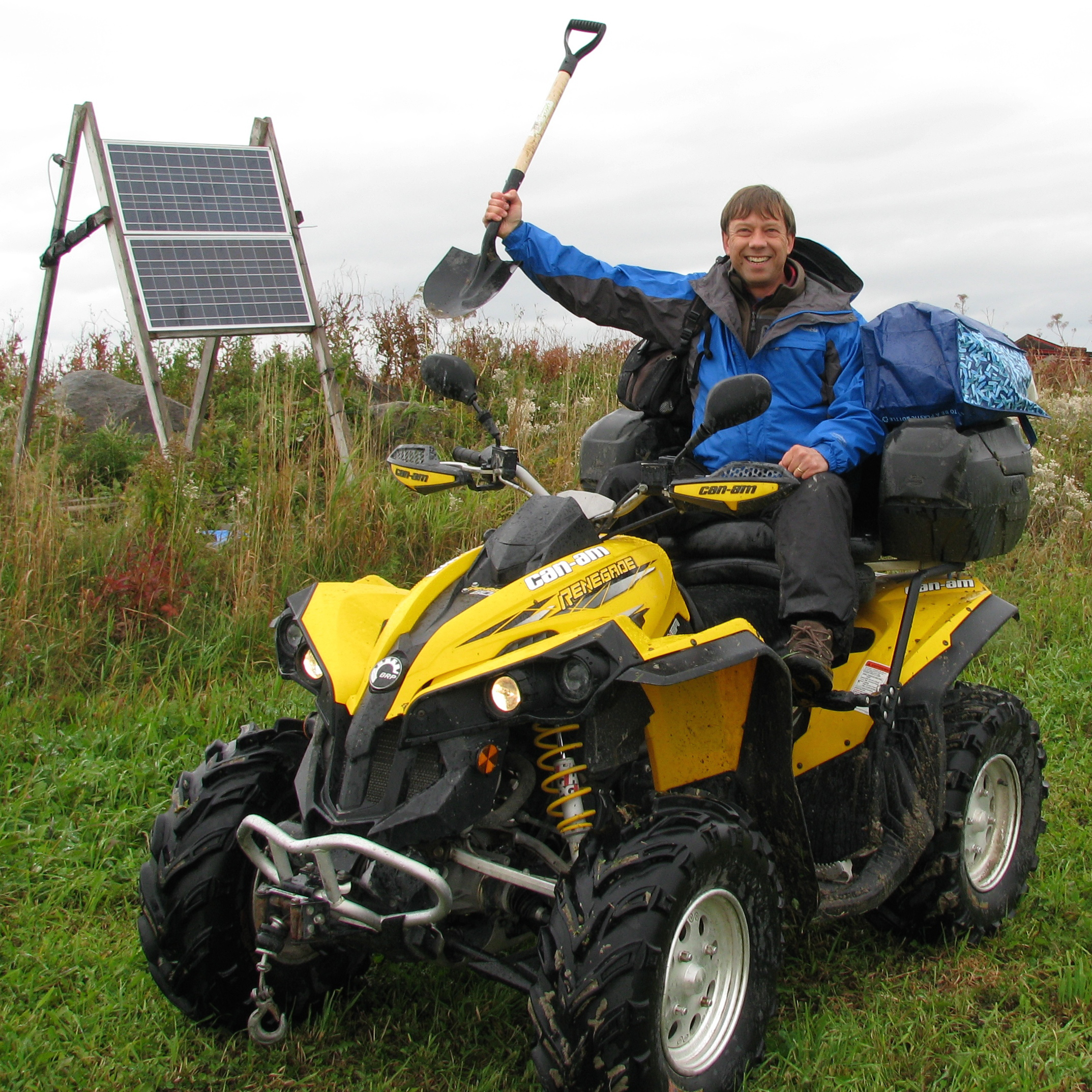
“I became interested in Earth Science when I was still in high school, although it was probably more a desire to travel and socialize with pleasant people while looking for rocks. In the Soviet Union in the 1980s, the educational choices one made were driven by a balancing of interest and passion with practicality, so at the age of 18, I started training as an engineer/geophysicist. Since I excelled at physics and math, I joined a group at the Gubkin Russian State University of Oil and Gas that focused on global hydrocarbon exploration using seismic methods, the expectation being that I would eventually lead an exploration party of my own. When I moved to the U.S., I was employed by the Lamont-Doherty Earth Observatory at Columbia University, where I later enrolled in graduate school to study seismology.
Field work brings out the thirteen-year-old adventurer in everyone! It really is one of the high points of most research efforts as you go off to explore. I collect my own data, so I am fortunate to travel to some fascinating and far-flung places to collect seismological observations. I once placed a seismograph at the bottom of an ancient monastery in Italy, which was very interesting and exciting. We had a long discussion with the monks about the origin and purpose of a mysterious copper wire that was buried in a rock. It turned out to be the lightning rod anchor, which was definitely not a good place to put a seismic instrument. These kinds of memories stay with you.”
Vadim Levin is a professor in the department of Earth and Planetary Sciences at Rutgers University. He is researching the nature and evolution of continents on Earth and proposes that their internal structures document and record the history of our planet. He studies the continents’ internal contents, how they were put together, and what processes might explain their formation. He is currently working on an EarthScope-funded project exploring the history of eastern North America.
Levin participated in the November 2016 EarthScope Synthesis Workshop on developing a new community model for the 4-D evolution of North America.
-by Sara Tewksbury




